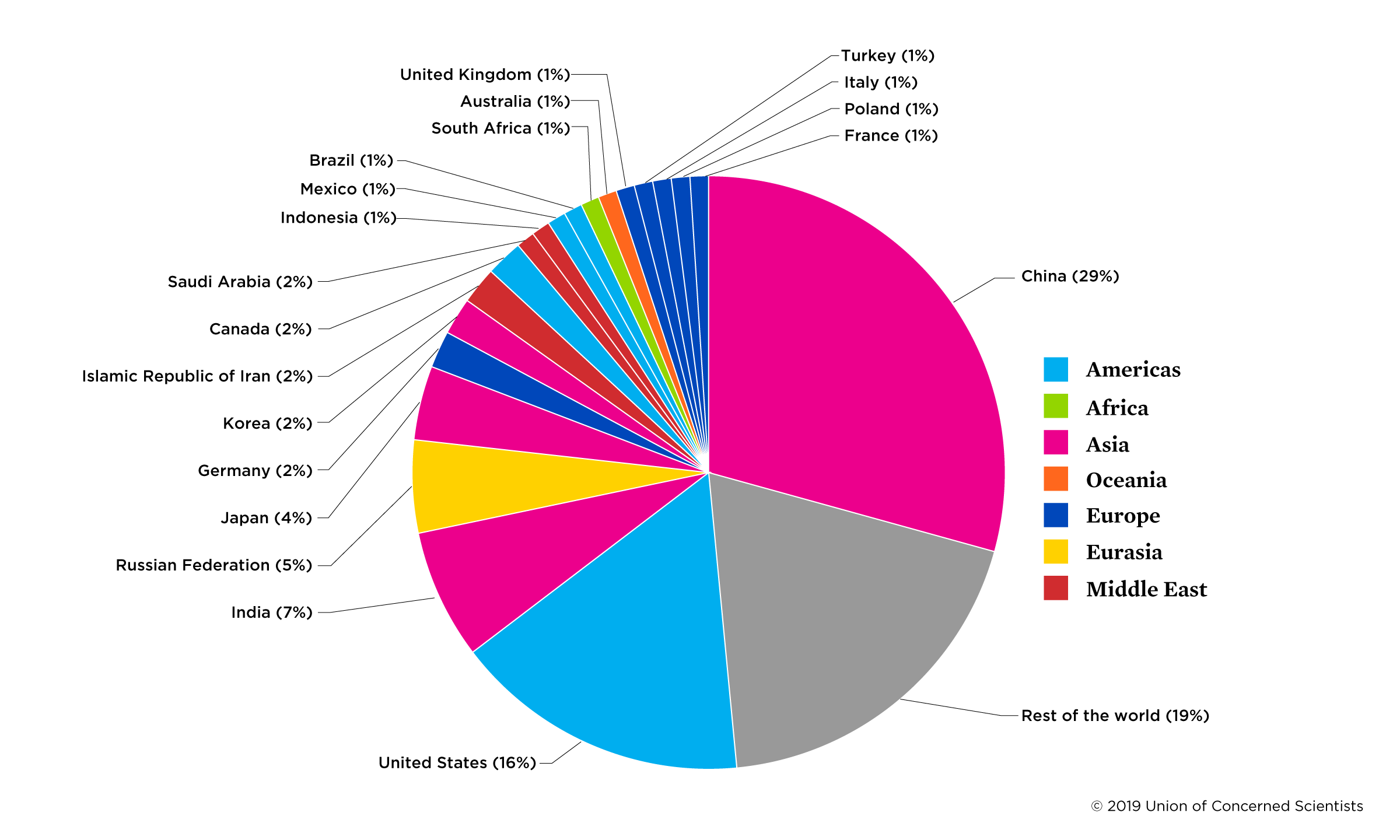Written by Emily Ram, Edited by Victoria Licona
Have you ever gone to the grocery store for one specific ingredient, but you ended up leaving with three more items than expected. By just adding those three more items to your cart, the price of your groceries increased from what could have been a $4 trip to the store to costing you $21.50. Everything adds up.
With the planet’s oceans covering over 70% of the planet and providing an ecosystem for an innumerable amount of species, it is important we become more conscious of the actions we are taking. Similar to how adding a few more things to your grocery cart can drastically change the price you pay at the register, all the actions we make daily have the ability to aid in adding to or preventing further ocean pollution.
One simple way to slow down the ocean’s destruction is by reducing our carbon footprint.
Carbon Dioxides Connection to the Ocean
According to https://archive.epa.gov/, carbon dioxide is released into the atmosphere whenever people burn fossil fuels. Not only are we polluting the air when we burn fossil fuels, but we are also adding to the destruction of the ocean. The oceans absorb as much as a quarter of all man-made carbon emissions annually.
How Ocean Acidification Works
When CO2 in the atmosphere rises, the ocean helps to maintain Earth’s carbon cycle by absorbing it. Within the ocean, CO2 reacts with seawater to form carbonic acid. This reaction—known as ocean acidification—causes the ocean’s acidity levels to rise.
Impacts of Ocean Acidification:
Oceans are undergoing acidification faster than they have in the past 300 years and it is estimated that if our current emission practices continue, the oceans could be nearly 150% more acidic than their current states. Ocean organisms with calcium carbonate in their shells are taking a major hit. Mollusks, crabs, and corals are some of the ocean’s many creatures that are struggling to grow their shells in the acidic waters. Such calcium carbonate organisms are also struggling to reproduce, build homes, and survive in the ocean as a result.
Shell-less organisms are being impacted, as well. Fish are undergoing both negative mental and physical changes because of acidification. The shellfish industry, which is the backbone of several coastal communities extending from Louisiana to Maine to Maryland, is being threatened by the rise in 0cean acidification. The effects of ocean acidification on oyster harvest’s is said to have cost Pacific Northwest’s oyster industry is said to have cost nearly $110 million and 3,200 jobs.
Tips for Reducing Your Carbon Footprint
You may not think your carbon footprint has that much of an effect on the ocean, but every little bit of your footprint as an individual contributes to society’s massive footprint as a whole. Here are some things you can do to reduce it:
- Take public transportation, walk, or ride a bike or scooter when available
- Turn off the lights when you leave a room
- Use natural lighting during the day
- Dress in more layers during winter opposed to cranking up your heater
- Unplug gadgets you aren’t using
- Wash/Shower with cold water


